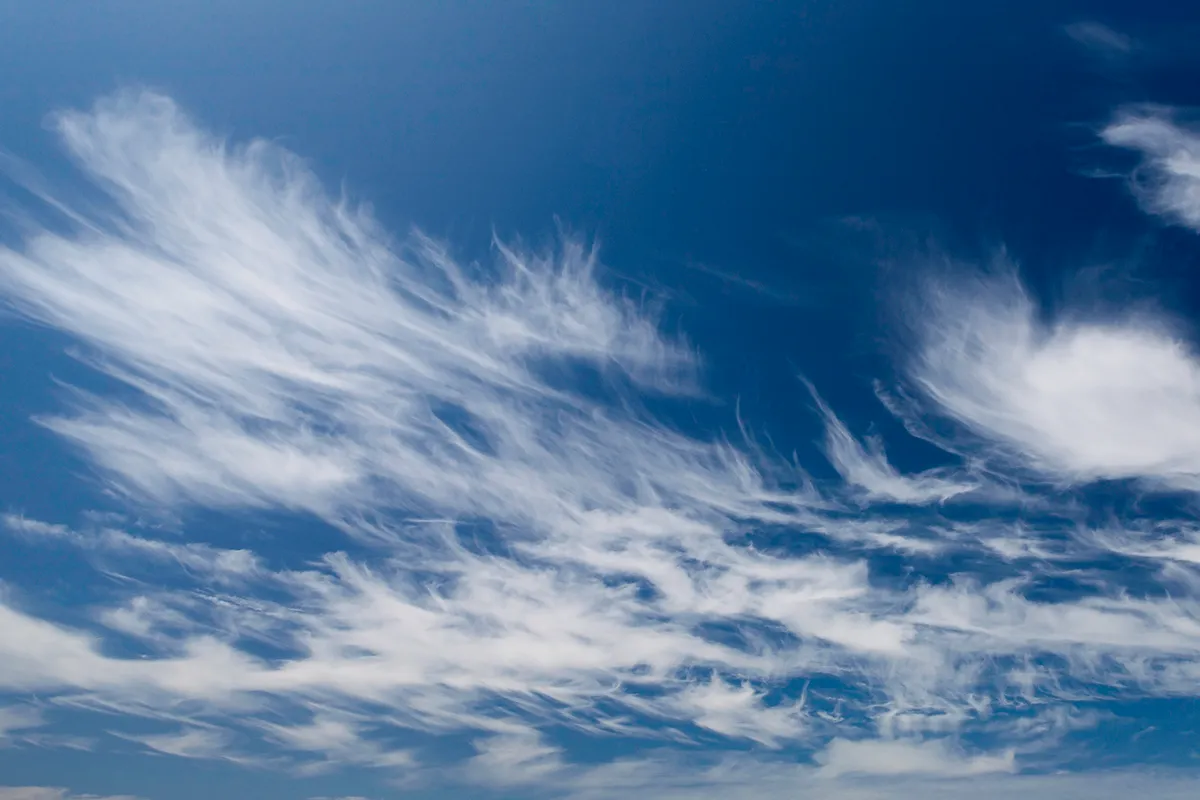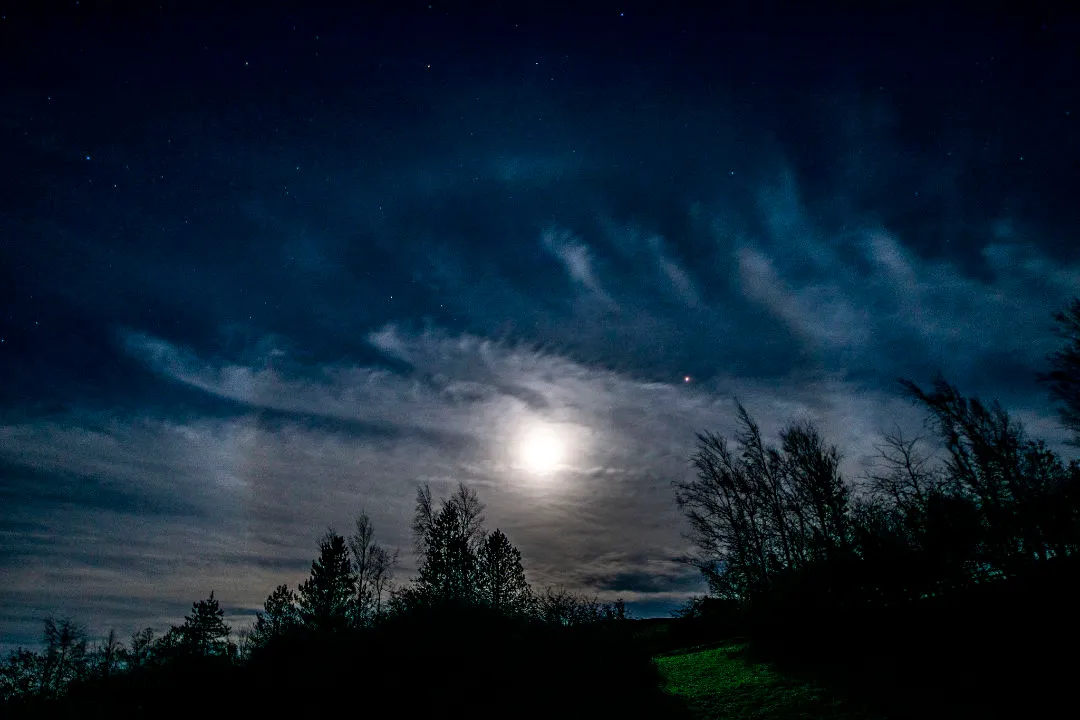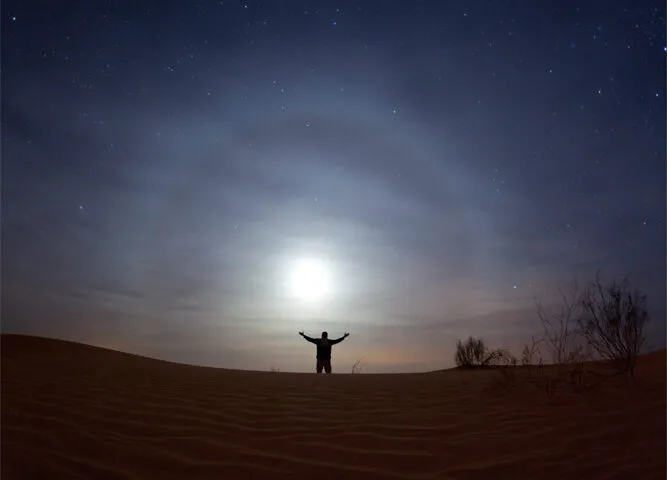So you've looked up at the Moon tonight and noticed there's a ring, a circle or 'halo' around it. What could be causing this?
The ring around the Moon - or 'lunar halo' is caused by the refraction of moonlight from ice crystals in the upper atmosphere, creating a circular effect.
Sign up to the BBC Sky at Night Magazine e-newsletter for weekly Moon phases delivered to your email inbox, or read our guide on how to observe the Moon.

Cirrus clouds, at a height of 6,000m (20,000ft) or more in the atmosphere, contain tiny ice crystals that originate from the freezing of water droplets.
These ice crystals refract, or bend, light just like a camera lens. It is the shape of the ice crystals that focuses the light into a halo around the Moon.
Since the ice crystals are normally all hexagonal, the Moon’s ring is almost always the same size; it has a diameter of 22º.

Sometimes it is also possible to detect a second ring, 44º in diameter.
In folklore, a ring around the Moon forecasts bad weather on the way, and in many cases this may be true.
The ice crystals that produce the halo and their attendant cirrus clouds normally precede a warm front by one or two days.

Typically, a warm front will be associated with a low-pressure system, which is commonly referred to as a storm.
Some folk tales say that the number of stars within the Moon’s halo indicates the number of days before bad weather will arrive. Give it a try next time you see a halo.
And if it's been raining, you might even be able to spot a moonbow.
Find out when the next full Moon is visible
